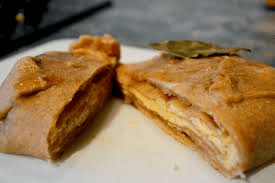In general, cakes are usually made from a blend of different refined flours. The wheat is tougher and the wheat is softer. Softer wheats make the cake tender and the cake structure is provided by the tougher wheats. Some combinations of shortening, eggs, a milky liquid, a leavening agent, flavouring, and a sweetener are also used. While making a cake was a specialty in some cultures, now it has become something that is no longer a very complicated process to make. It’s also helped by adding something from Flavouring Manufacturers Stringer Flavour.
For the most part, Cake discovered its origins by primitives. In Neolithic settlements, the very earliest examples of cakes were found. Experts and archaeologists have discovered that these people made simple cakes by using crushed grains that were moistened, and baked on a stone that was heated by fire after they were compacted.

The cakes which were mentioned in the surviving documents in mediaeval times suggest that they were very different from what we would think of today. They were still sweets based on flour-centered creations, varying only from bread in that the sweetening was not included.
As the years went by the terms bread and cake became somewhat synonymous and the term cake was mostly only used as a way to describe a smaller bread.

The Greeks would refer to cakes as Vasilopita which literally means flat and in some kind of combination they would be made of nuts and honey. Romans would call cakes placenta or libum, and they were used as sacrifices to give to their gods more often than not. It was not until the 18th century that yeast was no longer used as a raising agent and the beaten egg instead helped to give it the form and shape that became more common.
